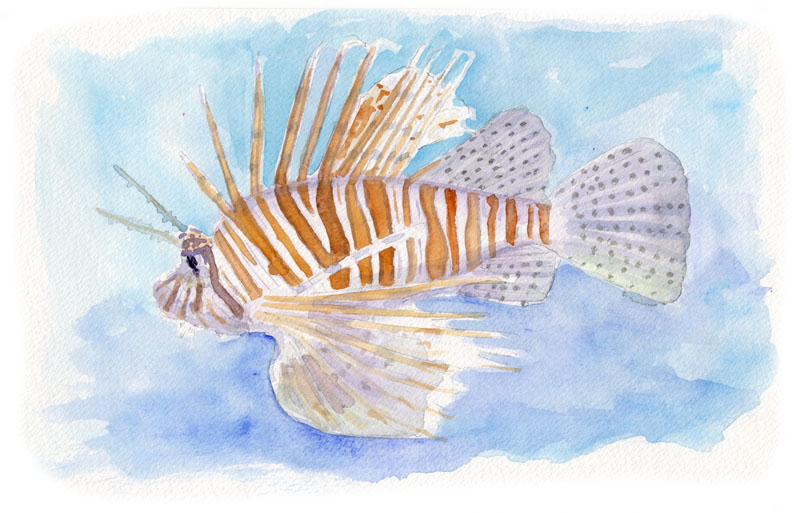THE WORLD OF VENOMOUS SNAKES
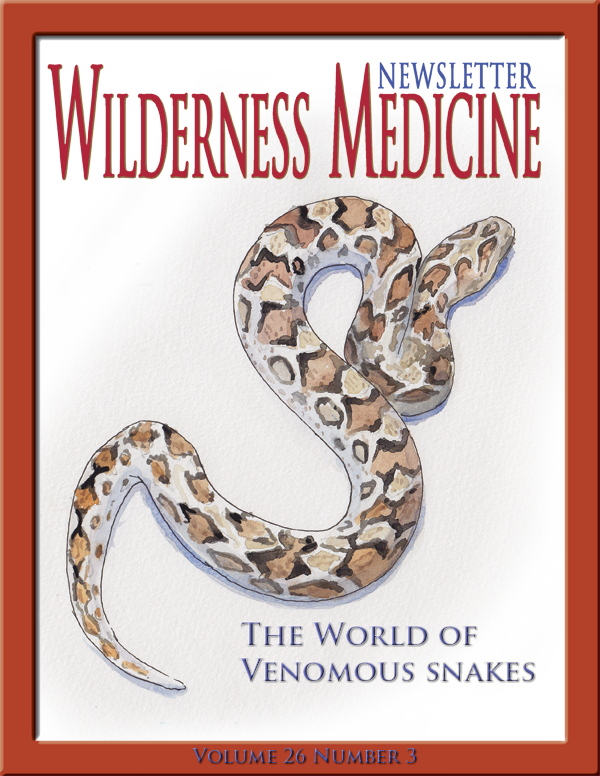
ISSN-1059-6518
THE WORLD OF VENOMOUS SNAKES
By Frank Hubbell, D.O.
SNAKE BITE STATISTICS:
It is impossible to accurately count the number of venomous snakebites worldwide, simply because most occur in rural and remote areas where access to medical care is limited, statistics are not kept, and snakebites are not reported.
Worldwide:
There are reportedly 421,000 envenomations per year with 20,000 deaths.
But, snakebites and deaths from snakebites are grossly underreported.
It is estimated that the real numbers could be as high as 1,841,000 envenomations with 94,000 deaths per year.
United States:
Approximately 8000 venomous snakebites are reported each year with 5 – 10 deaths per year.
SNAKES ARE:
– elongated
– legless/limbless
– carnivorous reptiles
– lack eyelids
– lack external ears
– ectothermic (cold-blooded)
– most are amniote vertebrates (lay eggs that contain amniotic fluid, suitable for the terrestrial environment), some snakes do have live births
– covered in overlapping scales
– most kill by swallowing their prey whole or death by constriction
– of the 3,400 species, 300 are venomous and use their venom to kill, subdue, and digest their prey
Kingdom – Animalia
Phylum – Chordata
Class – Reptilia
Order – Squamata
Suborder – Serpentes
Family – 20 different families
4 families are venomous
Genera – 500 different Genera
Species – 3,400 different species
3,100 are nonvenomous
300 are venomous
Interestingly enough, venomous snakes can be divided into different families based on their dentition and types of fangs, not as you might suspect, by the type of venom they possess. The rest of snakes are fangless, aglyphous.

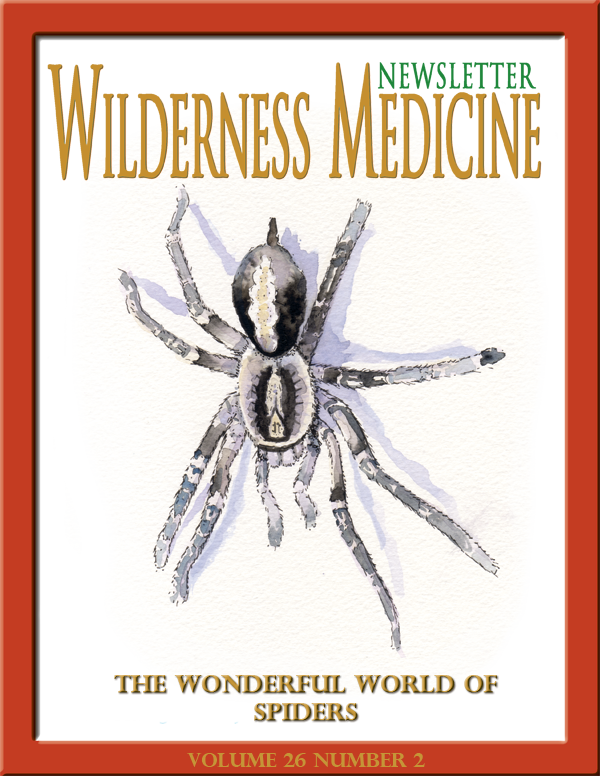
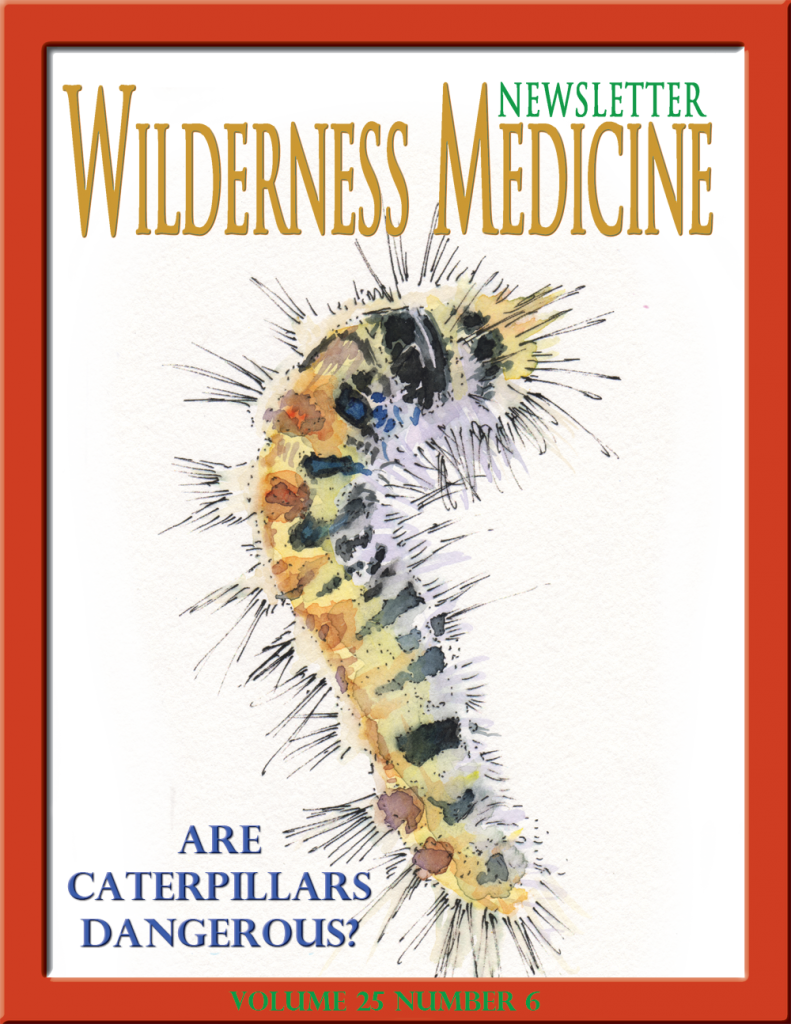
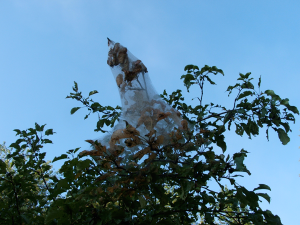
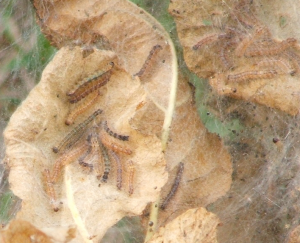 if you get a couple of those hairy little caterpillars down the back of your shirt as you clean the tents out of the trees, and you end up with quite an uncomfortable rash.
if you get a couple of those hairy little caterpillars down the back of your shirt as you clean the tents out of the trees, and you end up with quite an uncomfortable rash.
